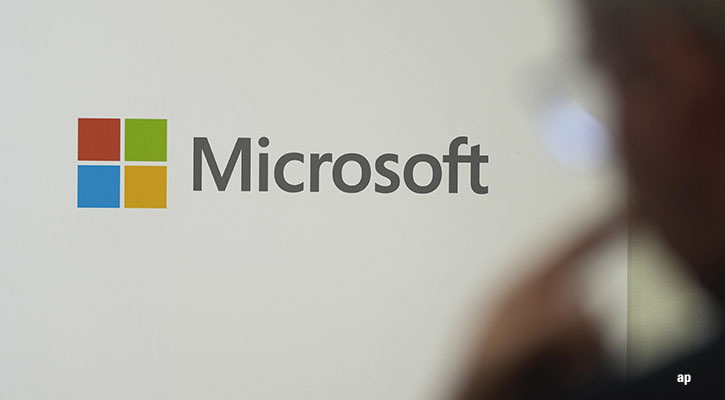Morningstar's "Perspectives" series features investment insights from third-party contributors. Here, Andrew Graham, Investment director Asia for Martin Currie, investigates what the next 12 months have in store for India.
Asia’s dominant theme this year has been political change. In some countries, this has taken the form of direct, unilateral action: in Thailand, unrest led to an unelected military government taking power, and in China, Xi Jinping shored up his position, cracked down on corruption and began a programme of reforms.
Meanwhile, we’ve seen significant, democratic regime change in Indonesia, where Joko Widodo secured the presidency, and in India, where Narendra Modi’s Bharatiya Janata Party (BJP) won a landslide victory in May’s general election. We see this last development as particularly interesting for investors.
India’s New Dawn
Notably, Modi came to power with a clear mandate. His government is the first for 30 years to have secured a majority in India’s equivalent of the House of Commons, the Lok Sabha. Although opposition parties still control the Rayja Sabah, or upper house, the BJP’s Lok Sabha majority is a welcome break from the fragile, hamstrung coalitions that have governed India in recent decades.
A main selling point of the BJP’s election campaign was reform: cutting red tape and speeding up governmental decision-making to improve the Indian economy. India’s growth has slowed significantly in recent years.
While GDP hovered at around 9% per annum in the run-up to the global financial crisis and briefly recovered to similar heights thereafter, it fell to below 5% in 2012 and 2013.
This low level is a major headache for a country that needs high growth to deliver improvements in living standards for its vast population.
But is this Real Reform?
So, six months on from the election, how are the reforms proceeding? News has been light of late, and GDP growth showed a slowdown in the third quarter of this year. That could suggest that the bold optimism of the election campaign is getting mired in the muddy realities of an institutionally inflexible system.
But we don’t think so. Our visits to India have given us confidence that real change is underway.
The government’s initial successes have come in cutting red tape. India’s cumbersome bureaucracy has seen the country consigned to a lowly 142nd place in the World Bank’s ‘ease of doing business’ index. But Modi has been wielding the scissors.
Many of the recent changes – removing frustrating licensing procedures, scrapping unnecessary permits and repealing obsolete regulations – are individually insignificant.
Taken together, however, they enable Indian businesses to breathe more freely as the regulatory burden is reduced.
Fight Against Inflation
The BJP is also spearheading a drive to make government more efficient, with a greater emphasis on online access to public services and the construction of a vast database of records. These efforts are helping to improve the speed and transparency of government services.
Meanwhile, there has been progress in the country’s numerous infrastructure projects, which had been stagnating previously.
The Indian authorities are also showing commitment to the fight against inflation, which has been persistently high.
The Reserve Bank of India has raised interest rates and may adopt a formal inflation target. The steep fall in the oil price is helping here and should aid Mr Modi in removing the costly subsidies on kerosene, cooking gas and fertiliser; his government ended the diesel subsidy this October.
Progress...but Much To Be Done
There is, of course, still much to be done. One crucial proposal from the BJP is the implementation of a nationwide tax on goods and services, which are currently taxed differently many of each of India’s 29 states
A nationwide tax would remove the internal trade barriers that currently exist and provide a boost to GDP.
And then there are the current limits on foreign direct investment, notably in the coal industry. Labour laws also require reform; this is already underway in some states, such as Rajasthan.
All of this will take time to come to fruition. We shouldn’t expect an instant boost to GDP growth, and, after a stellar run this year, we shouldn’t expect fireworks from the Sensex.
But if Modi keeps his reforms on track, we could begin to see the benefits in late 2015 and beyond. And for long-term, stock-picking investors, the government’s small steps in the right direction represent sizeable opportunities.
Disclaimer
The views contained herein are those of the author(s) and not necessarily those of Morningstar. If you are interested in Morningstar featuring your content on our website, please email submissions to UKEditorial@morningstar.com.



























